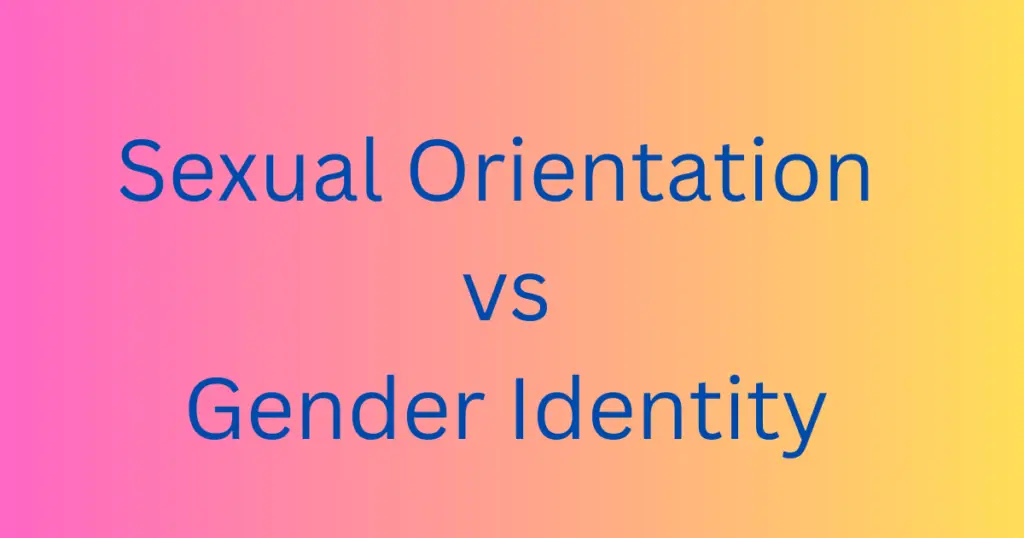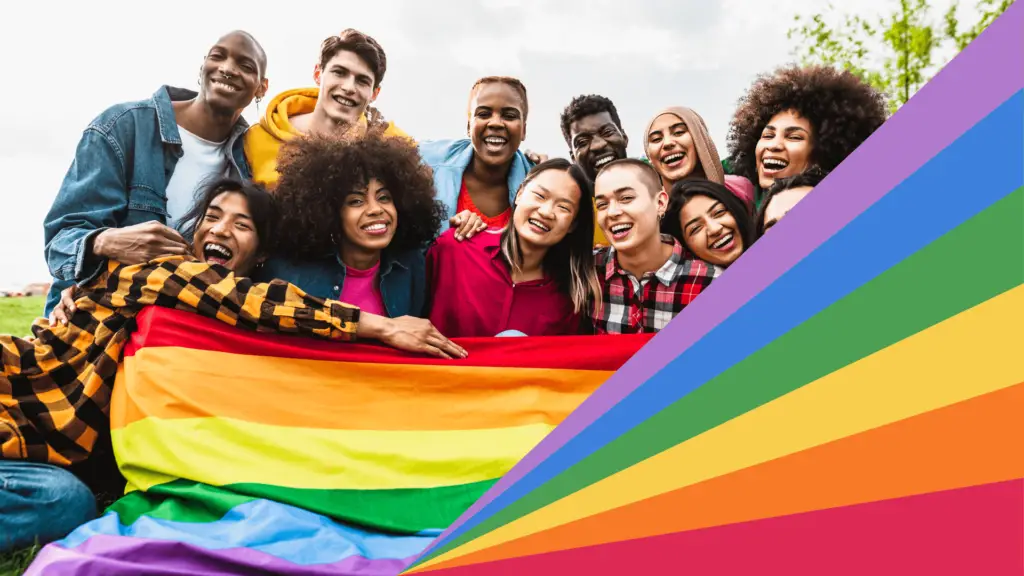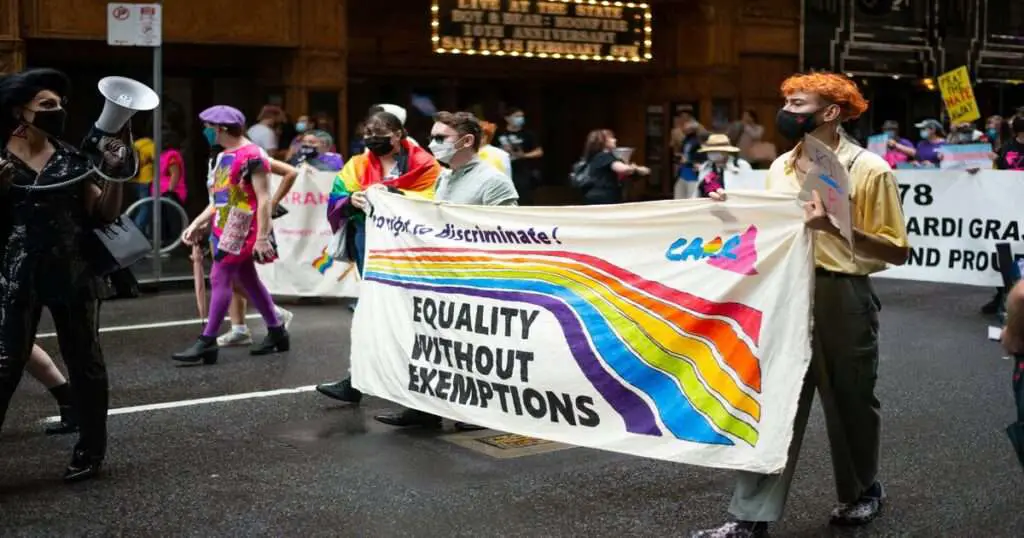When people hear the word LGBTQIA+, many of them automatically assume that it refers to a person’s sexual orientation. However, the term encompasses both sexual orientation and gender identity, which are two very different aspects of a person’s identity. Understanding the difference between these two terms helps avoid labeling people wrongly, which can be harmful and offensive. Read on to learn more about the difference between sexual orientation and gender identity.

What is Sexual Orientation?
Sexual orientation refers to a person’s emotional, romantic, and/or sexual attraction to others. It is based on who a person is physically and emotionally attracted to. It doesn’t matter how a person identifies themselves, whether it be male, female, non-binary, or any other gender. Sexual orientation is simply about the attraction to another person. Here are some common terms used to describe sexual orientation:
- Heterosexual/straight: This term refers to a person who is attracted to people of the opposite gender. If you’re a man attracted to women or a woman attracted to men, you’re heterosexual.
- Gay: Being gay means attraction to people of the same gender. It usually refers to men attracted to other men but can also refer women.
- Lesbian: A lesbian is a woman who is attracted to other women. It specifically refers to women, unlike the term gay, which can work for both men and women.
- Bisexual: If you’re attracted to people of more than one gender, you identify as bisexual. This can include attractions to both men and women or other non-binary genders.
- Pansexual: Pansexuality means being attracted to people regardless of their gender identity or sexual orientation. Many people consider it to be more inclusive than bisexuality.
- Asexual: A person who identifies as asexual doesn’t experience any sexual attraction to others. This does not mean they cannot have romantic relationships or feelings, but simply do not feel sexual desires towards others.
What is Gender Identity?
Gender identity refers to a person’s internal sense of self and how they identify their gender. It is not based on physical appearance or anatomy, but rather on a person’s own understanding and perception of their gender. Here are some common terms used to describe gender identity:
- Male: A male is someone who identifies as a man.
- Female: A female is someone who identifies as a woman.
- Non-binary: Non-binary individuals do not identify solely as male or female but rather as a combination of both or neither. This term often works as an umbrella term for those who do not identify with the gender binary.
- Transgender: A transgender person is someone whose gender identity differs from the gender they received at birth. This can include individuals who transition to align their physical appearance with their gender identity, as well as those who do not physically transition.
- Genderqueer: This term is similar to non-binary in that it refers to an individual who does not identify solely as male or female. It can also encompass a wide range of gender identities outside of the traditional binary.
- Intersex: Intersex individuals are born with physical sex characteristics that do not fit the typical definition of male or female. This is a biological aspect, rather than an identity one, but it can impact how a person identifies their gender.
- Genderfluid: This refers to individuals whose gender identity can change or fluctuate over time. They may feel more male one day and more female another day.
Understanding the Difference Between Sexual Orientation and Gender Identity Matters
We must understand the difference between sexual orientation and gender identity because they are two distinct aspects of a person’s identity. Sexual orientation is about attraction, while gender identity is about a person’s internal sense of self. Not all LGBTQIA+ individuals have the same sexual orientations or gender identities, so it’s crucial not to assume or label someone based on stereotypes. By educating ourselves on these terms and their differences, we can promote inclusivity, understanding, and respect for all individuals.
LGBTQIA+ is not just about sexual orientation but encompasses a wide range of gender identities as well. It is our responsibility to learn and accept people for who they are without making assumptions or imposing labels on them. If you’re not sure about someone’s sexual orientation or gender identity, the best thing to do is ask them respectfully and listen to their response. Let’s strive for a world where everyone feels safe and accepted regardless of how they identify. So, let’s continue learning, unlearning, and educating ourselves about these important aspects of human identity.
A Word from Queer Together
At Queer Together, we believe in the power of education and understanding to create a more inclusive and accepting world for all LGBTQIA+ individuals. We celebrate diversity and support anyone who identifies as part of the community. Our goal is to educate and empower individuals to embrace their true selves and live authentically. Together, we can create a world where everyone is accepted and celebrated for who they are. Keep learning, keep growing, and above all else, keep loving. Let’s build a world that is truly queer together.
Browse our website to learn more about our mission and how you can support the LGBTQIA+ community.



